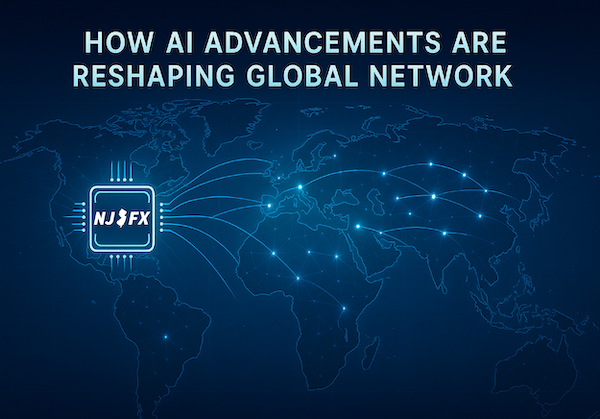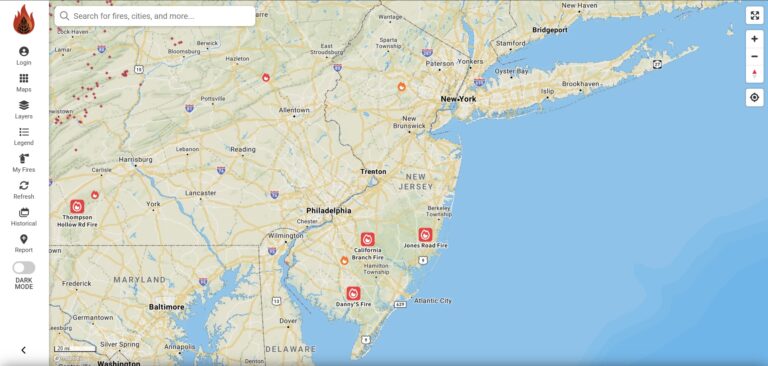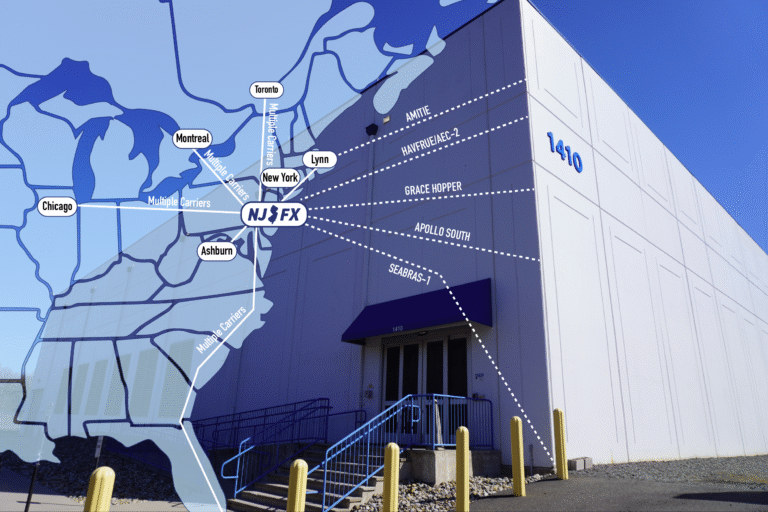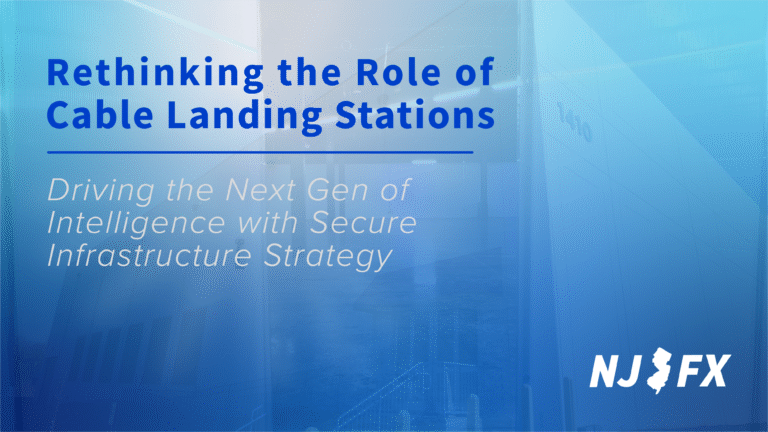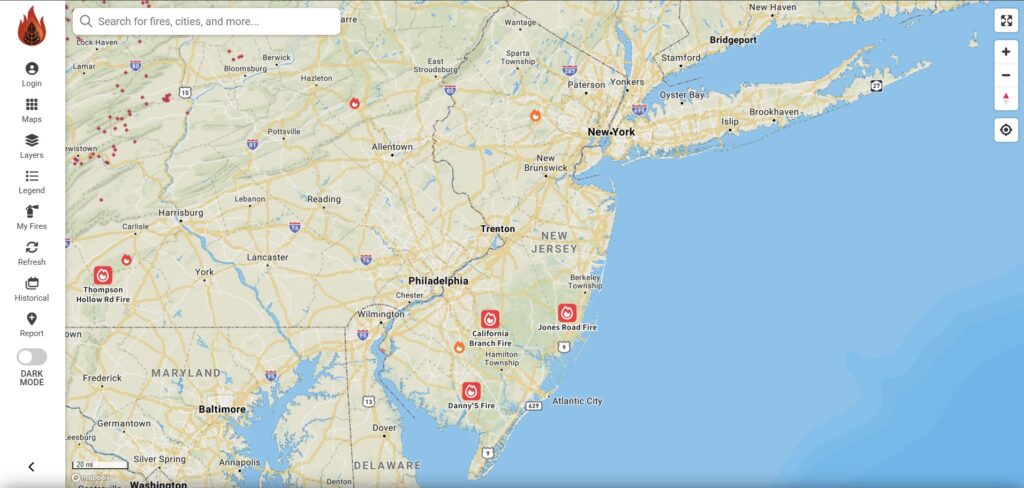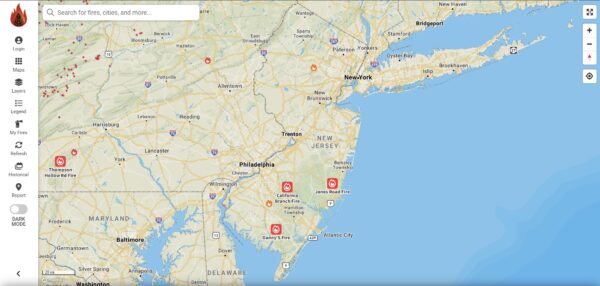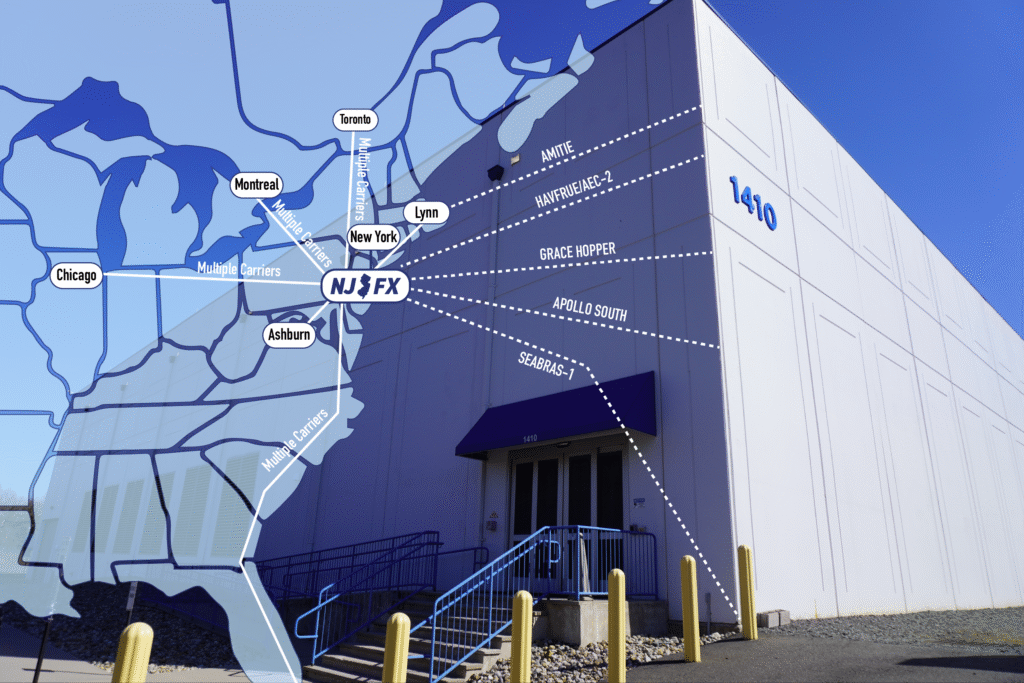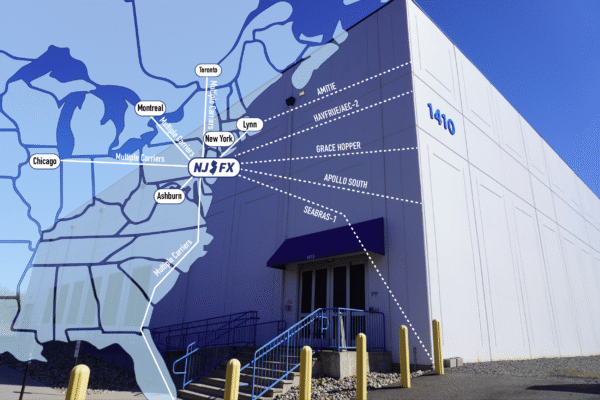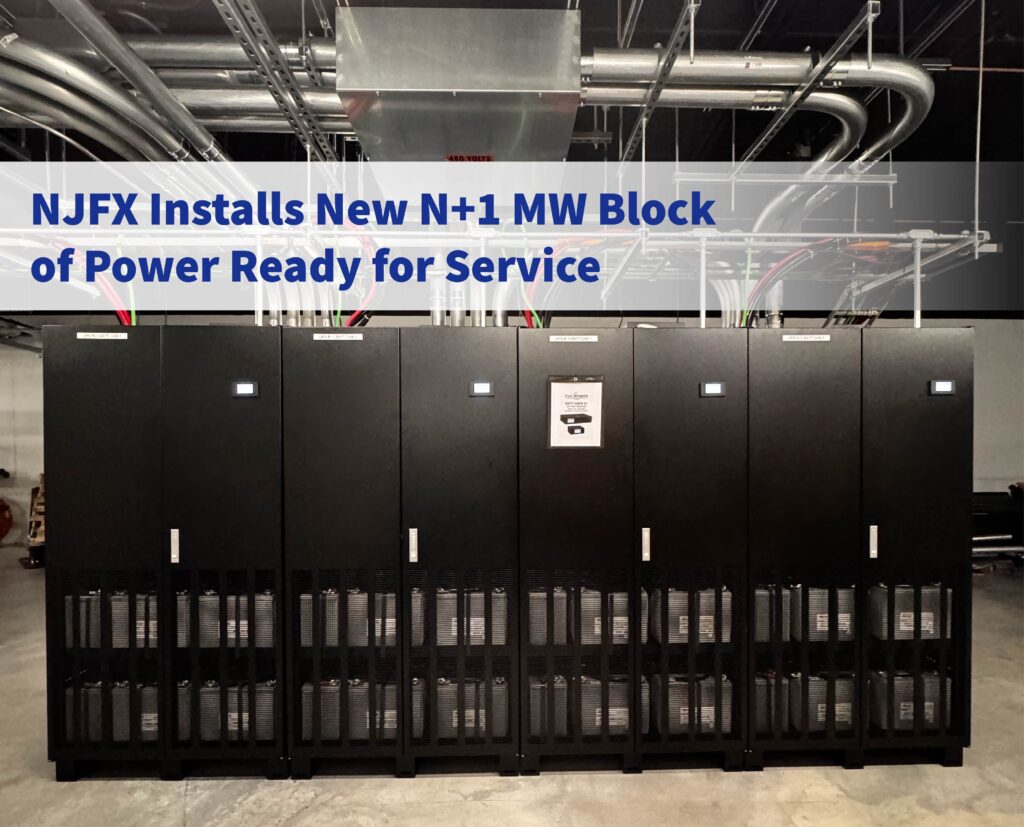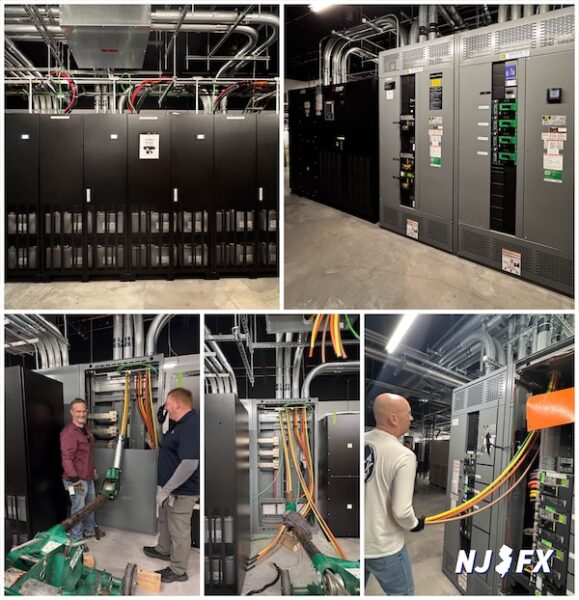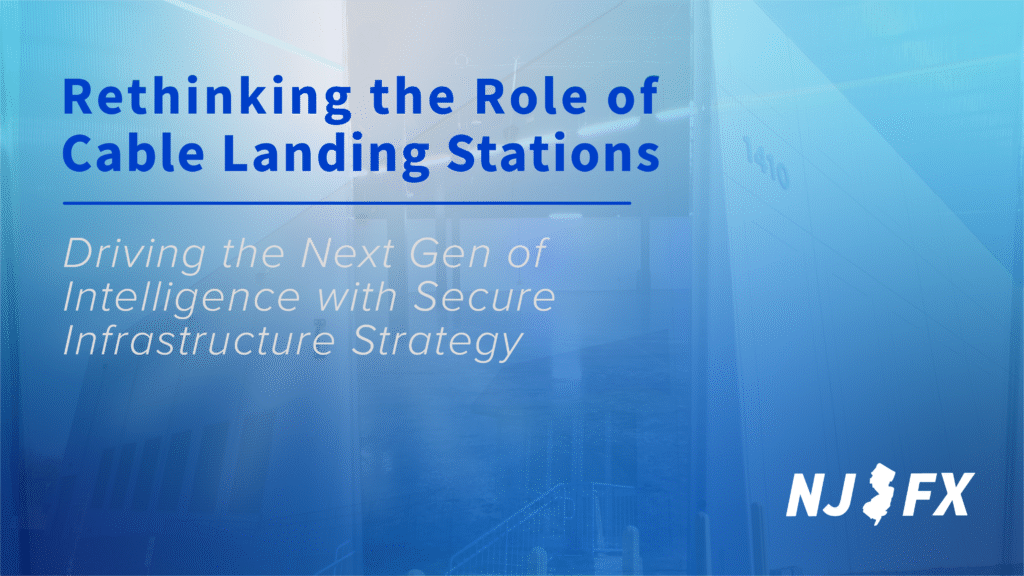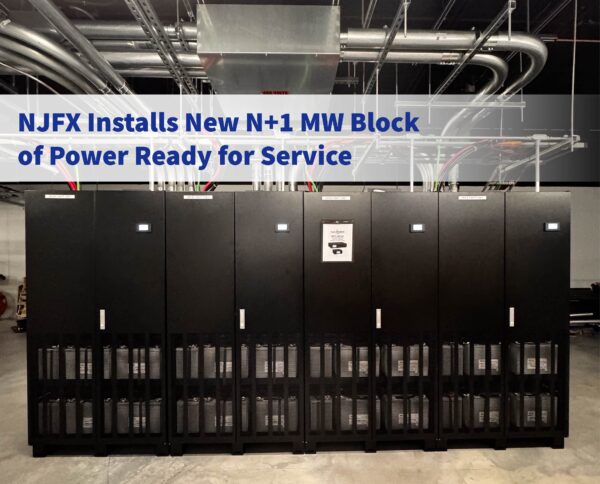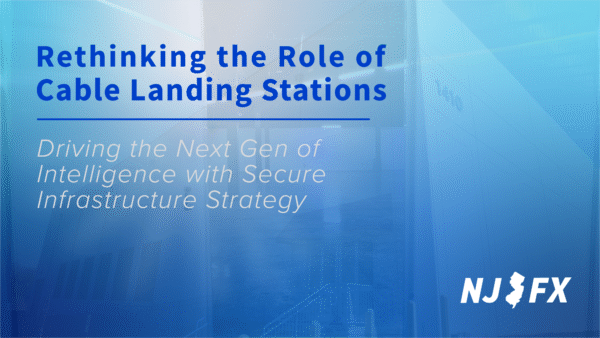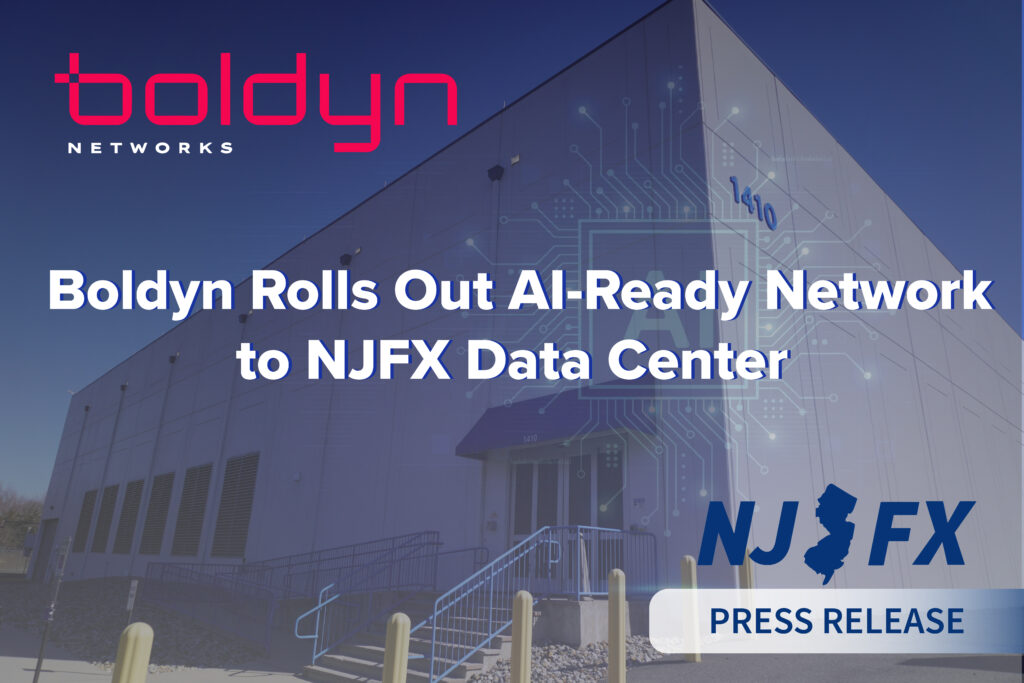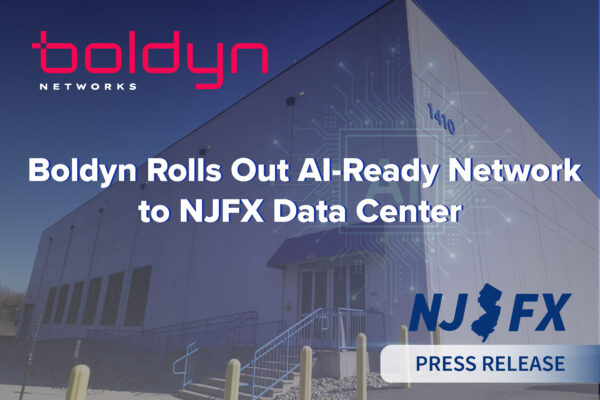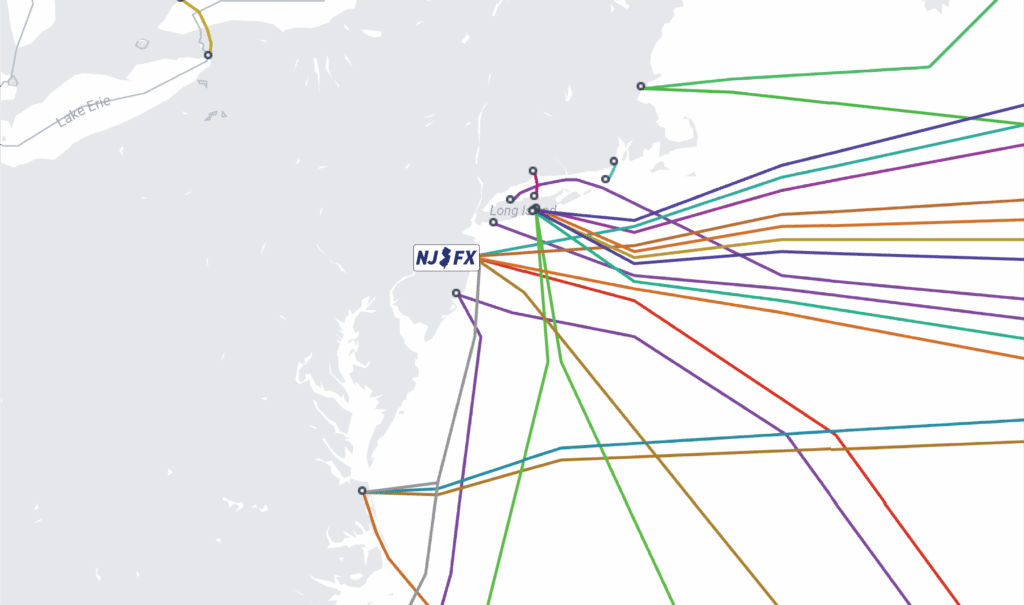Driving NJFX’s Growth from the Ground Up
Driving NJFX’s Growth from the Ground Up
Discover how Felix Seda helped build NJFX from the ground up and now leads its evolution as a global digital infrastructure hub. From foundation to future, his journey reflects NJFX’s commitment to connectivity, growth, and innovation.
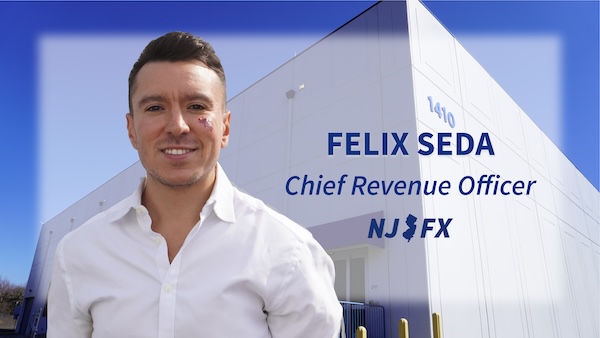
NJFX proudly announces Felix Seda to Chief Revenue Officer, marking a milestone in a journey defined by steadfast dedication, strategic leadership, and meaningful impact on the digital infrastructure landscape.
Felix’s professional career began at Barclays Wealth, where he served as Assistant Vice President in the firm’s Private Wealth division. Tasked with managing the Advisory Middle Office across North America, he developed an exceptional operational skill set and a sharp eye for detail. These attributes would later become foundational as he transitioned into the fast-paced world of telecommunications.
In 2015, Felix joined forces with industry veteran Frank Farrugia to help build NJFX from the ground up. His financial acumen and operational discipline were instrumental in establishing NJFX as the first Tier 3, carrier-neutral cable landing station and colocation campus in North America. Working closely with Frank, Felix laid the groundwork for NJFX’s robust infrastructure and operational excellence, which continue to define the company’s reputation as a trusted and reliable connectivity hub.
As NJFX matured, so too did Felix’s role. He stepped into a key partnership with NJFX CEO Gil Santaliz, contributing to the company’s expansive growth trajectory. Together, they broadened NJFX’s customer portfolio and elevated the facility’s role as a strategic intersection point for subsea and terrestrial networks. Known throughout the industry for his approachable demeanor and customer-first approach, Felix has cultivated long-lasting relationships and a collaborative NJFX ecosystem.
Felix’s leadership also extends into industry mentorship and community engagement. He is a passionate advocate for empowering the next generation of telecom professionals. One of his signature achievements is the “PTC Beyond” initiative, which provides complimentary registration to the Pacific Telecommunications Council’s annual conference for emerging leaders in the field. His advocacy for inclusion and mentorship was recognized at the PTC ’25 Awards, reinforcing his role as a changemaker within the industry.
Industry organizations have taken note of Felix’s accomplishments. He has been named to NJBiz’s “40 Under 40” list, honoring New Jersey’s rising business leaders, and recognized by Capacity Media on its esteemed “Power 100” list four consecutive years, which celebrates the most influential figures in the global wholesale telecom space.
As a partner of NJFX, Felix remains deeply invested in the company’s long-term success, ensuring its continued growth, innovation, and leadership within the global digital infrastructure ecosystem. As Chief Revenue Officer, Felix leads NJFX into a new chapter—one that includes the launch of a 4.5MW AI-enabled data hall designed to meet the growing demands of high-performance computing and enterprise AI workloads. His vision and leadership continue to drive NJFX’s evolution as a cutting-edge, resilient digital infrastructure provider.
Felix Seda’s journey from the financial halls of Barclays to the frontlines of telecommunications innovation exemplifies the spirit of NJFX. His dedication, vision, and collaborative leadership have left an indelible mark on the organization’s growth, and the future holds even greater promise under his guidance.
Latest News & Updates
Stay informed with the latest press releases, industry news, and more.
Driving NJFX’s Growth from the Ground Up Read More »


